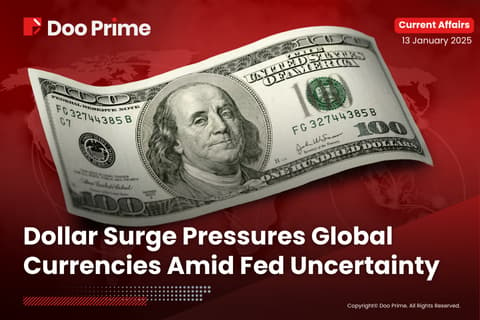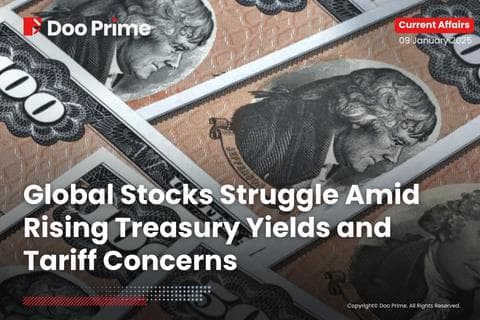WORLDWIDE: HEADLINES
China Oil Giant CNOOC Soars In Shanghai Debut, Defying Weak Market
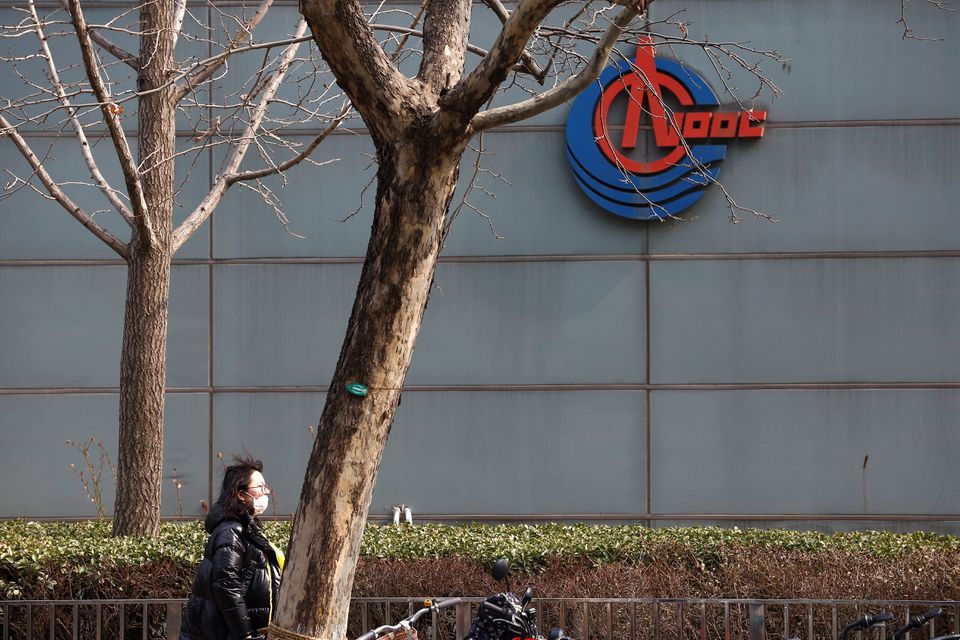
Chinese oil giant CNOOC Ltd surged as much as 44% in its Shanghai debut on Thursday, after raising 28.08 billion yuan ($4.41 billion) in China’s 11th-biggest public stock offering.
The stock started trading on the Shanghai Stock Exchange at 12.96 yuan, 20% higher than the offering price of 10.8 yuan.
Trading in the oil giant was suspended by the exchange after the stock hit the upper limit of the daily allowable price band for new listings, citing abnormal fluctuation, defying a weak market that saw China’s blue-chip index (.CSI300) shed 0.5%.
CNOOC’s Hong Kong-listed stock (0883.HK) was up surged as much as 4.3% before paring gains.
“CNOOC is being chased by investors who are seeking shelters in big caps with relatively low valuation and high dividends,” said Linus Yip, chief strategist at First Shanghai Group. “The stock also whets market appetite at a time when oil prices are climbing and inflation accelerating.”
China’s largest offshore oil producer, CNOOC has said it would use the share sale proceeds to fund one gas and seven oilfield projects in China and overseas, and to replenish capital.
“CNOOC represents historic investment opportunities due to high oil prices, low valuation, and consistent high dividend yields,” Chen Shuxian, analyst at Cinda Securities, wrote on Thursday, adding CNOOC’s market cap has potential to double over the next few years.
CNOOC starts trading in Shanghai against a backdrop of a bleak stock market that has witnessed an increasing number of stocks dipping below initial public offering (IPO) prices.
A third of the roughly 100 companies newly listed this year in Shanghai and Shenzhen dropped below offer prices on debut, showed data from East Money Information. Some, including chipmaker Vanchip Tianjin Technology Co Ltd (688153.SS) and electronics firm Rigol Technologies Co Ltd (688337.SS) tumbled more than 30%.
Such debut performance – in sharp contrast with the first-day pop that once featured in China’s stock markets – reflects the result of IPO reforms, as well bearish investor sentiment.
Full coverage: REUTERS
IMF Says Yen Falls Driven By Fundamentals, Urges BOJ To Keep Easy Policy
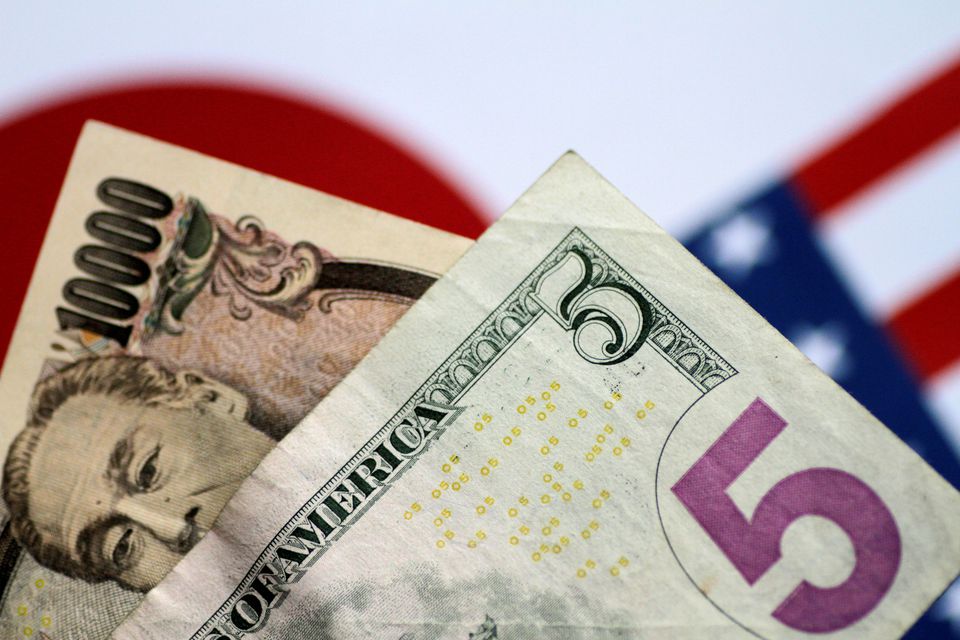
The yen’s recent declines have been driven by fundamentals and would be no reason for Japan to change its economic policy, including the central bank’s ultra-low interest rates, a senior International Monetary Fund (IMF) official said.
The remarks highlight the difficulty Tokyo may face if it sought international consent to intervene in the currency market to stem further yen falls, as G7 and G20 countries agree such action is justified only if exchange rates move out of line with fundamentals.
“What we’re seeing so far on the yen is driven by fundamentals,” Sanjaya Panth, deputy director of the IMF’s Asia and Pacific Department, told Reuters late on Wednesday.
“Economic policymaking should continue to look at fundamentals. We don’t see any reason to change economic policy because what’s happening right now reflects fundamentals.”
The yen has plunged to two-decade lows against the dollar, with the Bank of Japan (BOJ) continuing to defend its ultra-low rate policy in contrast with heightening chances of aggressive rate hikes by the U.S. Federal Reserve.
“We do not see disorderly market conditions right now in the foreign exchange market. It’s been driven by fundamentals,” Panth said, when asked whether yen-buying currency intervention by Japanese authorities would be justified.
Markets are rife with speculation Japan may act to resist further yen declines, perhaps by buying yen, raising interest rates or tweaking the BOJ’s dovish guidance on the future path of monetary policy.
“As you know, a weak yen hasn’t been bad for Japan,” Panth said. “At the same time, it does affect households. It’s a little bit of a mixed bag,” he said in the interview.
With inflationary pressure still muted, there was no need for the BOJ to change its ultra-loose policy, Panth said.
While temporary factors, such as the dissipating effect of past cuts in cellphone fees, could push up headline consumer price inflation, Japan was unlikely to see inflation sustainably reach the BOJ’s 2% target in the near term, he added.
“Japan is in a very different situation compared with other advanced countries who have begun tightening monetary policy,” he said. “We do not see any need to change the accommodative monetary policy stance.”
Full coverage: REUTERS
WORLDWIDE: FINANCE/BUSINESS
Most Asian Indexes Gain Ground On U.S. Yield Drop, But Chinese Stocks Fall
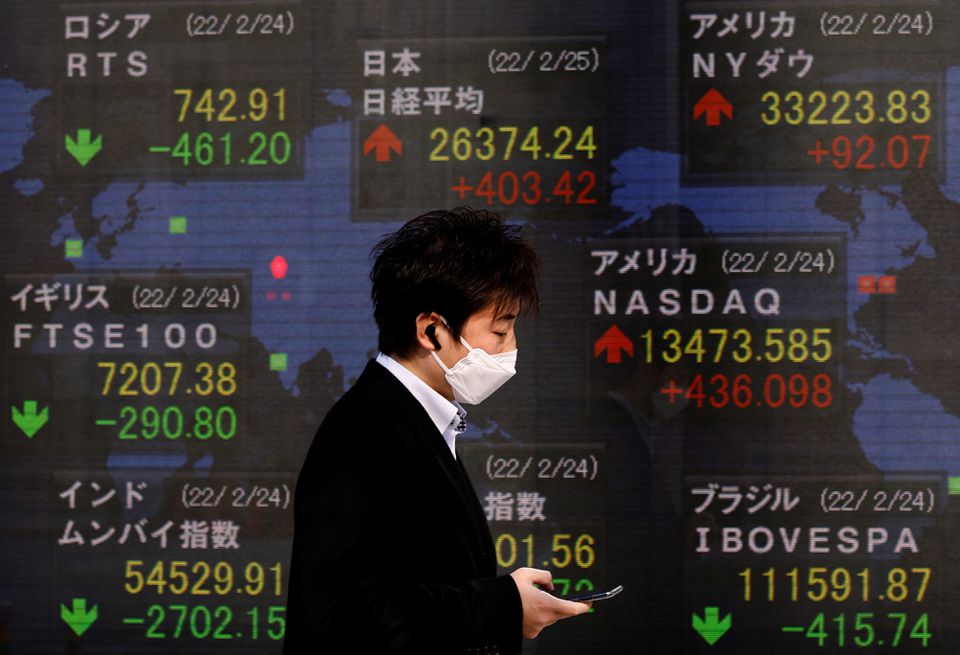
Mainland China and Hong Kong stocks fell on Thursday, hurt by worries about the Chinese economy, but an overnight tumble in longer dated U.S. treasury yields lent support to other benchmark indexes.
A 0.78% drop for Hong Kong (.HSI) and 0.36% decline for blue chips in mainland China (.CSI300) pulled MSCI’s broadest index of Asia-Pacific shares outside Japan (.MIAPJ0000PUS) 0.22% lower.
But share benchmarks in Australia (.AXJO) and Korea (.KS11) were up, while Japan’s Nikkei (.N225) rose 0.81%. Nasdaq futures gained 0.6% and S&P500 futures advanced 0.4%.
The 10-year yield was last at 2.8455%, a whisker higher in Asia morning trade, but still bruised after falling overnight from as high as 2.981% in early trade on Wednesday.
“I think we’re still heading towards 3% for 10 year treasuries, I think it was a little bit of profit taking,” said Rob Carnell, head of research for Asia Pacific at ING.
Carnell said the fall in bond yields may have provided some support for equities overnight, with the S&P500 broadly flat on the day despite an uglier picture for tech.
He added that “equity futures look positive, with Asian markets also showing some signs of positive risk appetite for the near term.”
The tech-heavy Nasdaq (.IXIC) fell 1.22%, dragged down by Netflix (NFLX.O) which plunged 35.1% after reporting a surprise decline in subscribers. The blue chip Dow (.DJI) rose 0.71%.
China was a focus for investors again, after surprising markets on Wednesday by keeping benchmark lending rates unchanged, despite frequent government pledges to support a slowing economy hit by its worst COVID-19 outbreak in two years.
China’s central bank, however, set the midpoint rate for the yuan at its the weakest since November on Wednesday, ahead of the lending rate announcement. It also set it lower still on Thursday.
“The CNY fixing reflected an admission that things aren’t going brilliantly in China, and they need a bit more support, but they’ve been holding off from doing that with interest rates. They don’t want to drive the yuan much weaker than they want it to be, but they’ve decided to take back some recent strength,” said Carnell.
Lower yields sent the dollar lower, with the dollar index tumbling 0.65% on Wednesday as the beaten down euro and sterling managed to recover a little ground. FRX
The dollar index was last at 100.44, down from a near two-year peak the previous day of 101.03.
Full coverage: REUTERS
Dollar Edges Up After Pullback Amid Caution As Finance Ministers Meet
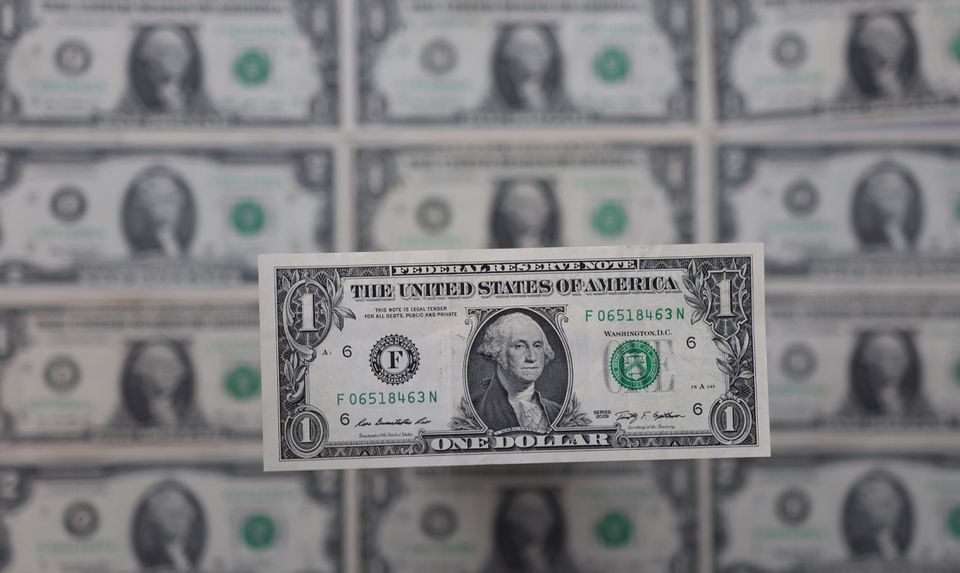
The dollar edged up on Thursday supported by expectations for aggressive Federal Reserve monetary tightening, but was well off the previous day’s peaks amid nervousness about what a gathering of finance ministers might say about its rapid appreciation.
The greenback added 0.36% to 128.335 yen, after soaring to a two-decade high of 129.430 on Wednesday as the Bank of Japan (BOJ) stepped in to the bond market for the third time in three months to defend its zero-percent yield target, drawing a stark contrast with the Fed’s increasingly hawkish posture.
The dollar index – which measures the currency against six peers including the yen – ticked up 0.11% to 100.45, following its retreat in the previous session from a more than two-year peak of 101.03.
Also allowing the dollar to ease overnight, benchmark Treasury yields pulled back from the highest level since December 2018 at close to 3%, as dip buyers emerged. Those yields, though, also inched higher in Tokyo trading on Thursday.
“Few central banks will match the Fed this year for policy hikes and balance sheet retrenchment, making for a dramatic policy differential in the USD’s favour,” Westpac strategists wrote in a client note.
The dollar index “should remain bid in this environment, with talk of 101-102 likely to increase near term,” they said.
San Francisco Fed President Mary Daly said on Wednesday she believed the case for a half-percentage-point rate hike next month is “complete” and “solid”, adding to recent comments from other Fed officials backing bigger rate increases. read more
Markets are currently priced for half-point increases in both May and June.
By contrast, the BOJ on Wednesday offered to buy unlimited amounts of 10-year Japanese government bonds for four consecutive sessions as yields bumped against the 0.25% maximum leeway around its zero-percent target, showing its commitment to ultra-easing stimulus settings ahead of its policy meeting next week.
BOJ Governor Haruhiko Kuroda has stuck to the view that a weak yen is overall good for the economy, but admitted earlier this week that moves had been “quite sharp” and could hurt Japanese companies’ business plans.
Full coverage: REUTERS
Oil Climbs But Takes A Breather In Tight Range

Oil prices traded higher but in a narrow range on Thursday, after being rocked earlier in the week by supply losses from Libya and a worrying outlook for demand as the International Monetary Fund cut its global growth forecasts.
Brent crude futures rose 55 cents, or 0.5%, to $107.35 a barrel at 0117 GMT, recouping losses from the previous session.
U.S. West Texas Intermediate (WTI) crude futures gained 41 cents, or 0.4%, to 102.60 a barrel, adding to a 19 cent gain in the previous session.
Analysts said market volatility is likely to pick up again soon, with the European Union still weighing a ban on Russian oil for its invasion of Ukraine, which Moscow calls a “special military operation”.
“Oil, and energy markets generally, have plenty of big issues in a state of flux to stay quiet for long,” said Commonwealth Bank commodities analyst Tobin Gorey.
Libya, a member of OPEC, on Wednesday said the country was losing more than 550,000 barrels per day of oil output due to blockades at major fields and export terminals.
The demand outlook in China continues to weigh on the market, as the world’s biggest oil importer slowly eases strict COVID-19 curbs that have hit manufacturing activity and global supply chains.
The International Monetary Fund highlighted risks in China when it cut its forecast for global economic growth by nearly a full percentage point on Tuesday.
However the oil market remains tight with the Organization of the Petroleum Exporting Countries and allies led by Russia, together called OPEC+, struggling to meet their production targets and with U.S. crude stockpiles down sharply in the week ended April 15.
“There is not much incremental news overnight, with a trajectory from here really hinging on whether other nations join the UK/U.S. in banning Russian oil imports,” SPI Asset Management managing director Stephen Innes said in a note.
Eight weeks after Russia launched its invasion of Ukraine, European Union countries are evaluating ways to offset a potential ban on Russian oil, but no decisions have been made yet on a sixth package of sanctions.
Full coverage: REUTERS
